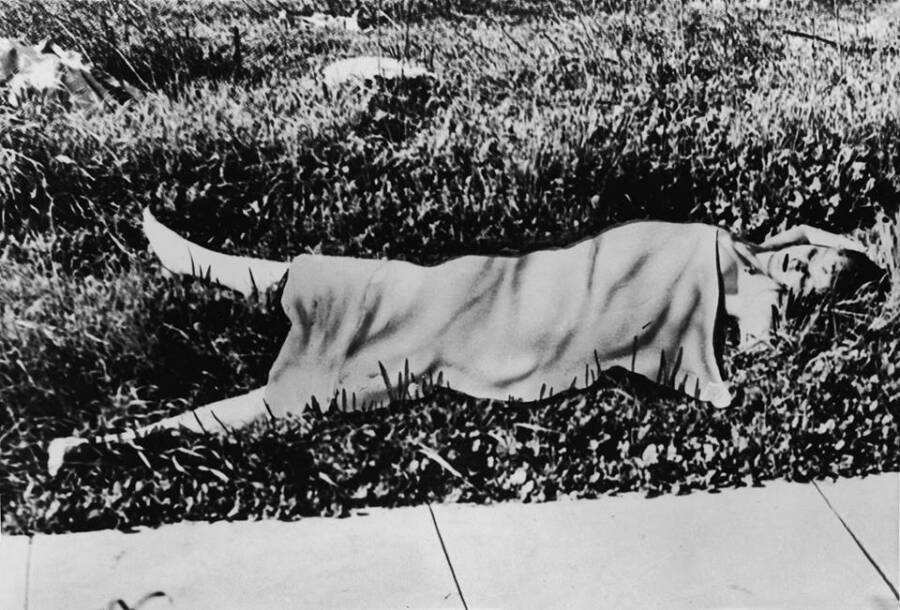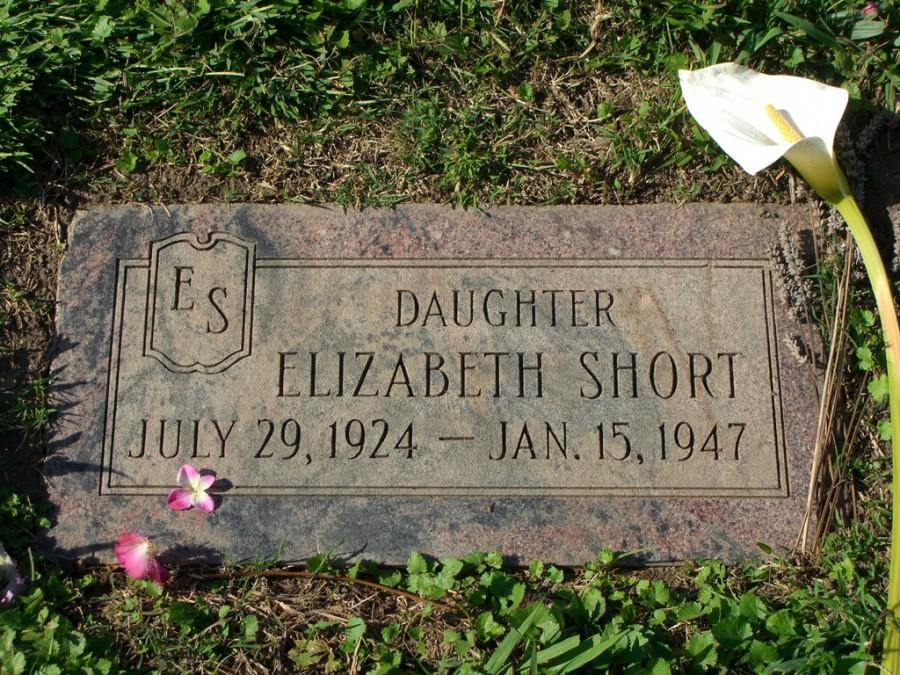The murder is referred to as the black dahlia case. An autopsy of short's body was performed on january 16, 1947, by frederick newbarr, the los angeles county coroner. The post black dahlia autopsy:
Black Dahlia Autopsy What Was Elizabeth Short’s Cause of Death?
What was elizabeth short’s cause of death?
Black dahlia (e short) part 1 of 2.pdf — pdf document, 9,352 kb (9,576,978 bytes)
The murder of elizabeth short, a.k.a. The black dahlia, is one of the most famous unsolved crimes. Despite an investigation with 150 suspects, no one was ever arrested and the murder of elizabeth short remains a cold case. The murder of elizabeth short, a.k.a.
The black dahlia, is one of the most famous unsolved crimes. Despite an investigation with 150 suspects, no one was ever arrested and the murder of elizabeth short remains a cold case. On january 8, 1947, she returned to the glamorous biltmore hotel in los angeles. On january 8, 1947, she returned to the glamorous biltmore hotel in los angeles.

The months after elizabeth short’s death rolled by, with no answers to who her killer might be.
By the spring of 1947, her case officially became a “ cold case,” and this is how the case would remain. Although the murder of elizabeth short remains unsolved, over 500 individuals have confessed to her murder. Death and autopsy photos of elizabeth short aka the black dahlia with all the morbid details. Includes details and photos about the crime scene in liemert park, los angeles california.
During the initial investigation, police received sixty confessions, most made by men. The black dahlia autopsy report: How gruesome crime scene and dead body photos sparked public obsession over the infamous unsolved murder case. The murder of elizabeth short, nicknamed “the black dahlia,” is one of the most infamous unsolved murders in american history.

Below is the graphic (exhibit 88) originally published in the 2006 bda harpercollins edition (and referenced above) showing the “black curly hair follicle” found on elizabeth short’s body during the autopsy.
Pictures of elizabeth’s personal effects found at the crime scene; Gruesome images of her mutilated body; Photos from newspapers that sensationalized the case; A mysterious postcard sent by a potential suspect;
Even today, 75 years later, the photographs convey a chilling sense of violence and terror. They removed the facial trauma for the public. The actual crime scene photo shows it to be a clean “rounded” cut with a scalpel. The autopsy photo looks jagged only because they put two sutures in the mouth to close it.

There were multiple theories on the murder and how it could’ve been linked to other murders.
Some detectives believed that the same person that committed the cleveland torso murders also killed elizabeth short. Another viable theory at the time was that short’s murder was linked to the lipstick murders. Many believe that the main reason Los angeles county coroner frederick newbarr conducted the autopsy of elizabeth short on january 16, 1947.
It was noted that short was 5ft 5in tall, weighed 115 pounds, and had light blue eyes with brown hair. Los angeles, ca a photo of the crime scene of elizabeth short, also known as the black dahlia. Shows five men gathered around inspecting the crimethe las palmas hotel in hollywood, california where elizabeth short stayed before she was brutally mutilated and killed in 1947 in what became the Black dahlia autopsy photos 4.

The black dahlia autopsy report.
The autopsy revealed multiple lacerations to the face and head. There was no sperm present on the body because the killer had washed the body clean. The black dahlia murder read about it in fbi records. True crime has become one of the most popular forms of modern media, whether it’s through documentaries, movies, tv shows, podcasts, or books.
It’s been a goldmine for hollywood for decades, but there hasn’t been a case to shock tinseltown to its core quite like the black dahlia. Autopsy medical reports revealed that elizabeth short was slain on or about 4:00 a.m., on the morning of january 15, 1947. This was determined by the fact that when officers and detectives On the morning of january 15, 1947, a mother taking her child for a walk in a los angeles neighborhood stumbled upon a gruesome sight:
The body of a young naked woman sliced clean in half at the
A childhood photo of elizabeth short. Elizabeth short was born in the hyde park section of boston, massachusetts, the third of five daughters of cleo and phoebe may short (née sawyer). Around 1927, the short family relocated to portland, maine, before settling in medford, massachusetts (a boston suburb) the same year. Elizabeth short was the first to fictionalize her life, inventing stories about herself years before the first novel about her was written and the first movie was filmed.
Photo subjects include suspects, family and friends of elizabeth short, personalities related to the case, evidence and the crime scene area. Full sheet newspaper pages from 1947 to 1957, with articles covering the black dahlia/elizabeth short case.